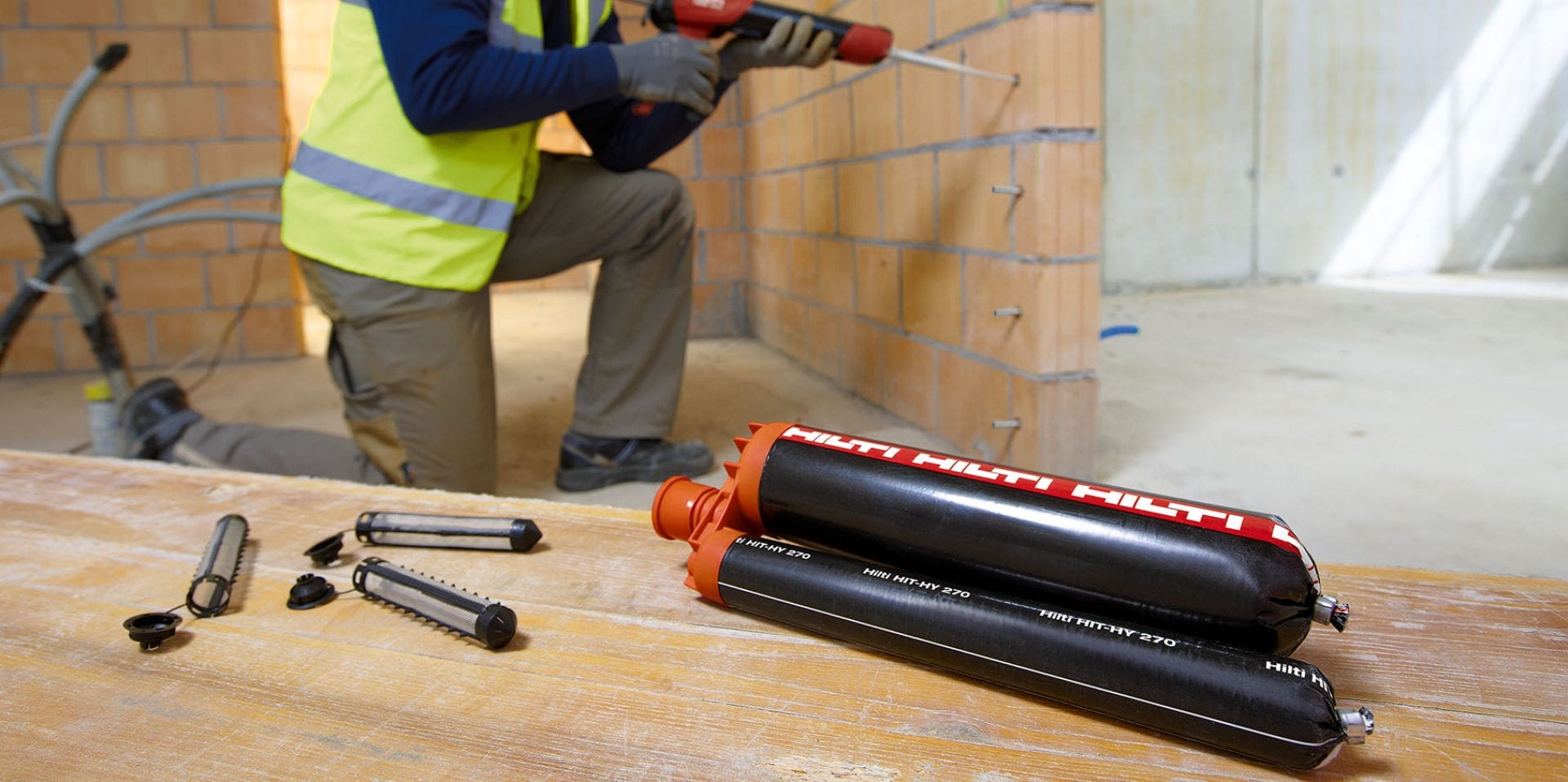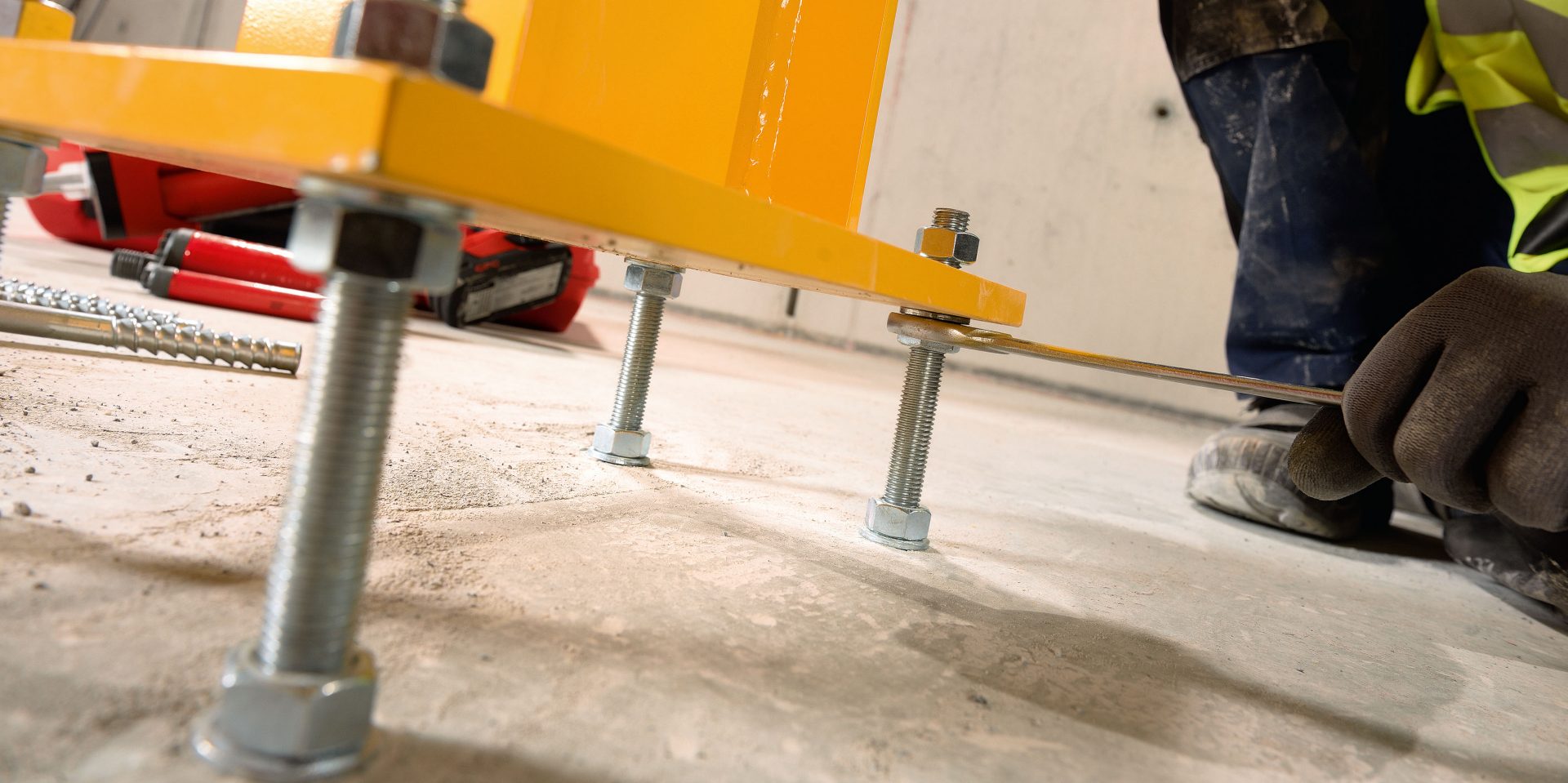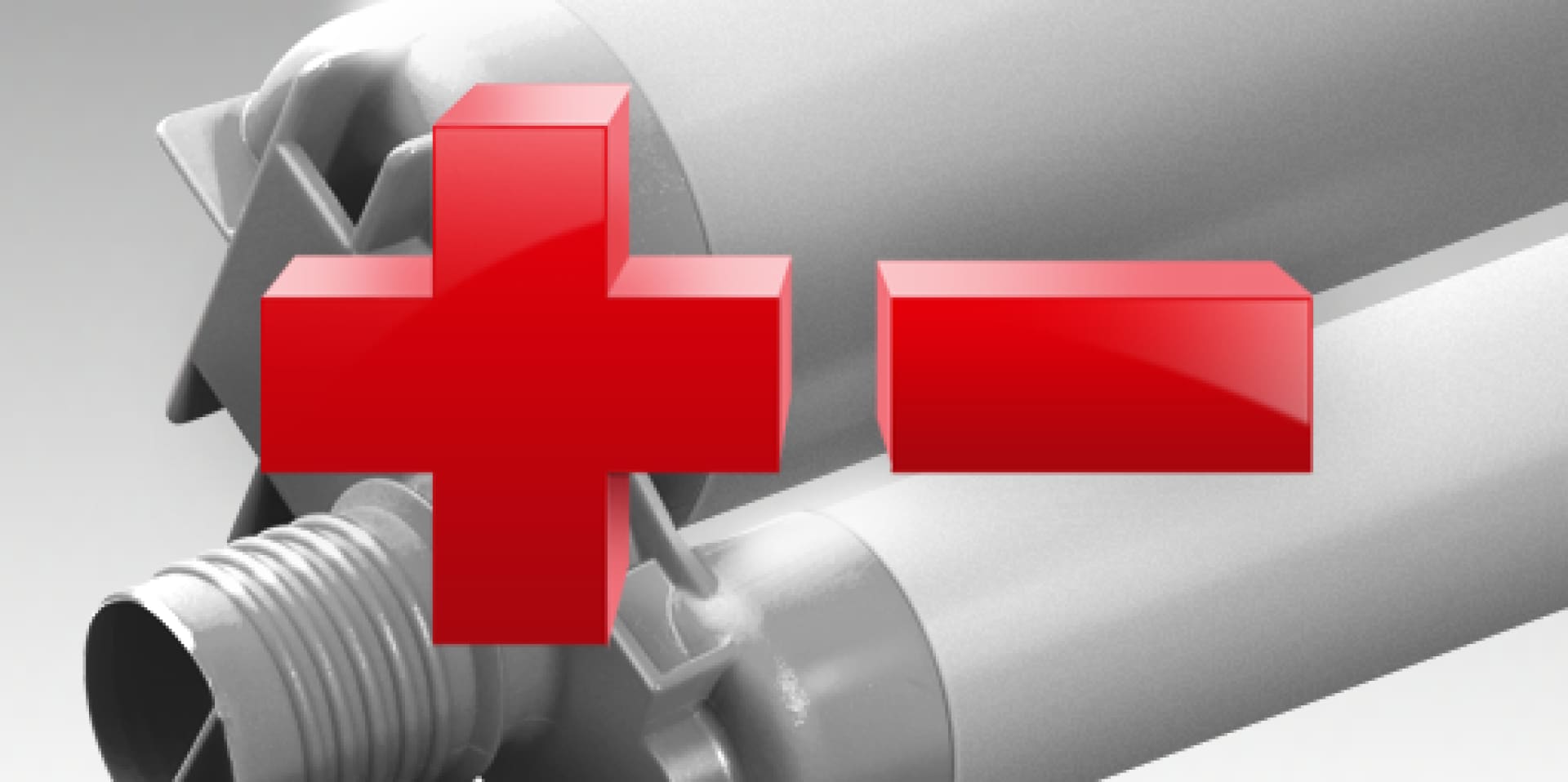- Home
- Solutions
- Business Optimization
- Jobsite Productivity
- Chemical Anchors for Cold Weather
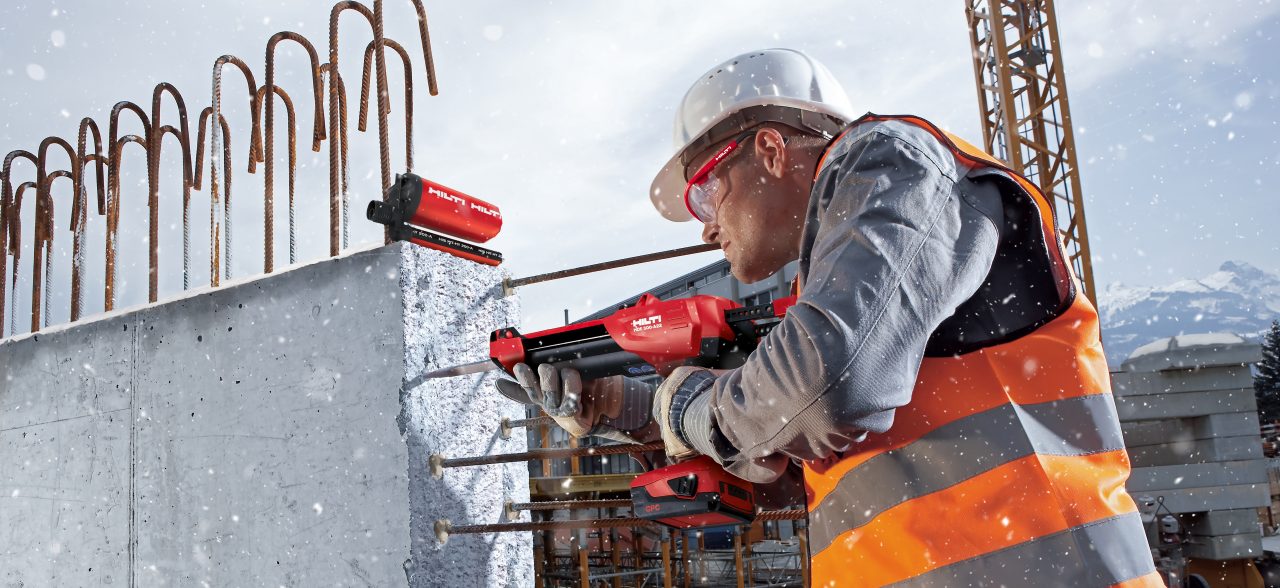
Chemical Anchoring in Cold Weather
Cure up to four times faster in cold weather with Hilti chemical anchors
Jobsite productivity is important, even when temperatures get cold. Our HIT-HY 200-A V3 anchor cures up to four times faster in cold weather than the leading competitor.
Low temperatures affect adhesive anchor performance
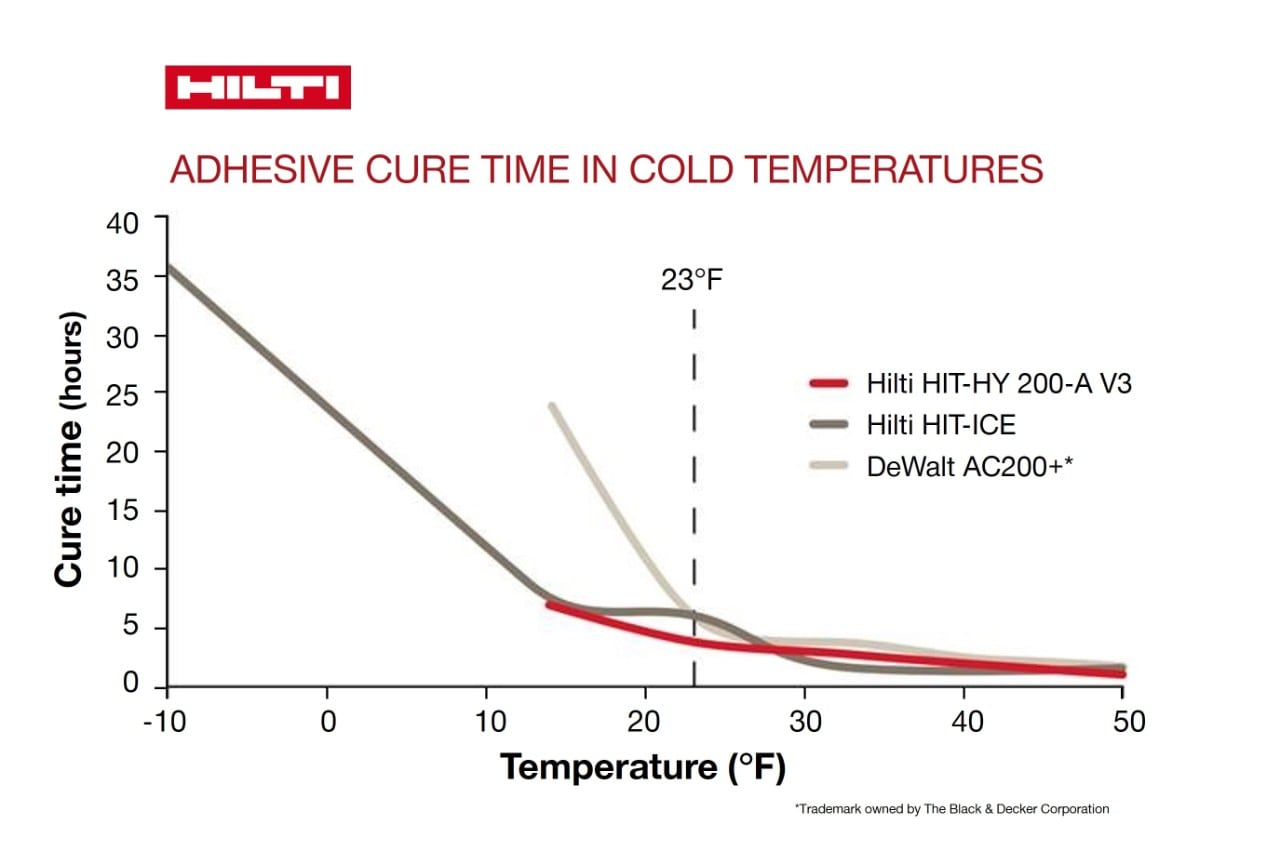
Adhesive anchors create chemical reactions to bond to the concrete. When it gets cold, low temperatures can lead to those chemical reactions slowing down, causing the adhesive anchors to also cure more slowly. Waiting on chemical anchors to cure means possibly more wasted time on the jobsite.
To help avoid this, Hilti developed two solutions to increase the productivity and performance of chemical anchors on cold weather jobsites. Select a solution that works best for you based on the temperature of your jobsite.
HIT-HY 200-A V3 chemical anchor cures up to four times faster in cold weather than the leading competitor.
HIT-HY 200-A V3 with HDE 500-22

Ultimate-performance injectable hybrid mortar with approvals for anchoring structural steel baseplate and post-installed rebar connections.

Cold weather can make manual dispensing difficult. Our battery powered chemical dispenser HDE 500-22 can be used with HIT-HY 200-A V3 to help make dispensing easier and increase productivity.

